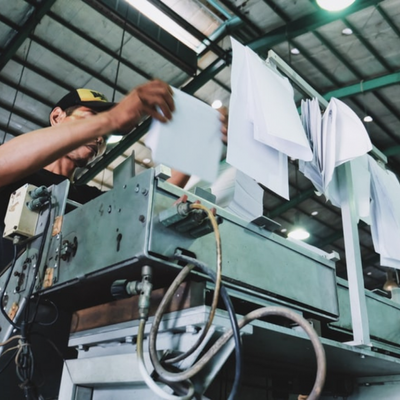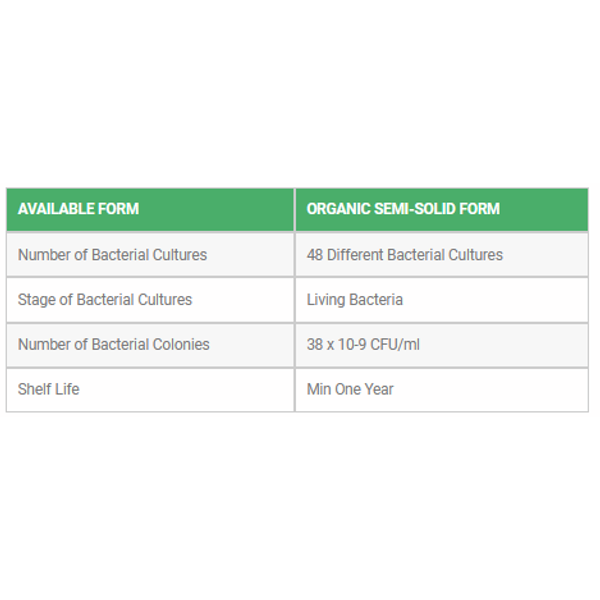

- Home
- Companies
- Bionics Enviro Tech
- Products
- Nanozyme - Model BET - COMP - 7103 - ...

Nanozyme - Model BET - COMP - 7103 - Composting Unit
Composting is the natural process of ‘rotting’ or decomposition of organic matter by microorganisms under controlled conditions. Raw organic materials such as crop residues, animal wastes, food garbage, some municipal wastes and suitable industrial wastes, enhance their suitability for application to the soil as a fertilizing resource, after having undergone composting.
Stages of Composting
Composting is a biochemical process through which organic matter is decomposed and you get a humus called compost. The stages of composting are very particular and have to be frequently controlled to ensure that the temperature, humidity, the oxygen, and other factors are developed correctly. As a general rule it requires specific facilities in order to carry out the composting, precisely to secure greater control on how the organic raw material that must be converted into compost evolves step by step.
Stages of composting process:
- Mesophilic Stage: the mixture of raw materials is still at environmental temperature and without moisturizing. The “mesophilic” microorganisms (microorganisms that grow between 20-45 °C) begin to reproduce by breaking down carbon and nitrogen. The metabolic activity of the microorganisms raises the temperature to 40-45 °C between two to eight days. It also lowers the pH of the mixture due to the production of organic acids.
- Thermophilic Stage: also known as the “sanitation” phase, in this stage the temperature rises over 45 °C and the mesophilic microorganisms are replaced by the “thermophiles” (microorganisms that proliferate at temperatures between 45 °C and 70 °C). Thermophiles break down more complex carbon sources, such as cellulose and lignin. Another important change is that the nitrogen is transformed into ammonia and the pH of the mixture becomes alkaline.
Starting at 60 ºC sporagenic (spore-producing) bacteria and actinobacteria appear. These two bacteria are responsible for breaking down waxes, hemicelluloses and more complex proteins.
Afterwards and for several days, even months (depending on the used raw material), it keeps a high temperature and reduces biological activity of the microorganisms. Then a pasteurization process is produced where bacteria dies and harmful microorganisms (such as Salmonella or Escherichia coli). This process allows us to sanitize the product.
During this phase the mixture must be frequently ventilated with the objective to supply oxygen to the microorganisms so they can continue the decomposition process. - Cooling Stage: when carbon and nitrogen have been consumed, the temperature is lowered down to 40-45 ºC. The mesophilic appears again and decomposes the remaining material of cellulose and lignin. Also, the pH drops again slightly.
Maturation Stage: in this stage of the process it is required that the mixture stays at room temperature. During this time a series of secondary reactions are produced that triggers condensation and polymerization of the humus. At the end of this period we obtain a product that you can now call compost.

